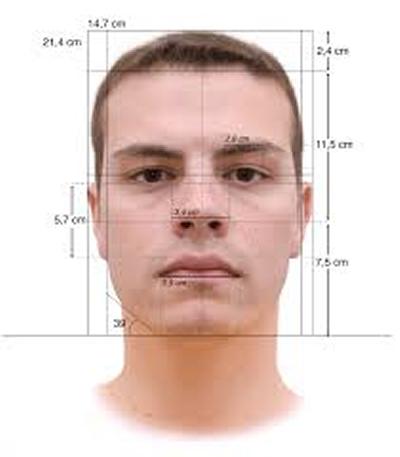
Our automated facial recognition work uses a set of commonly implemented and utilised algorithms as a starting point. Each verifies a facial image in one of two distinct ways. Our first group of algorithms (including methods such as Eigenface) assesses each facial image as a whole. These algorithms utilise the weights of primary components representing key differences of a subject’s face relative to an ‘average’ face. The second group of algorithms (including methods such as Local Binary Patterns) assesses, at a pixel level, the pattern within a local area. These algorithms can be seen operating at a localised, facial component level rather than at a holistic level.
In testing these algorithms, we will assess verification performance using ideal ‘passport-pose’ conditions in the first instance. Following this, we will assess performance under sub-optimal conditions in which the verification images are modified through pose, camera tilt and rotation, and lighting. Our study will assess performance under each of these conditions, but will also seek to improve performance by building human-like processes into the algorithms themselves. Importantly, we will be able to describe the decision-making process of the algorithm in humanly understandable terms.